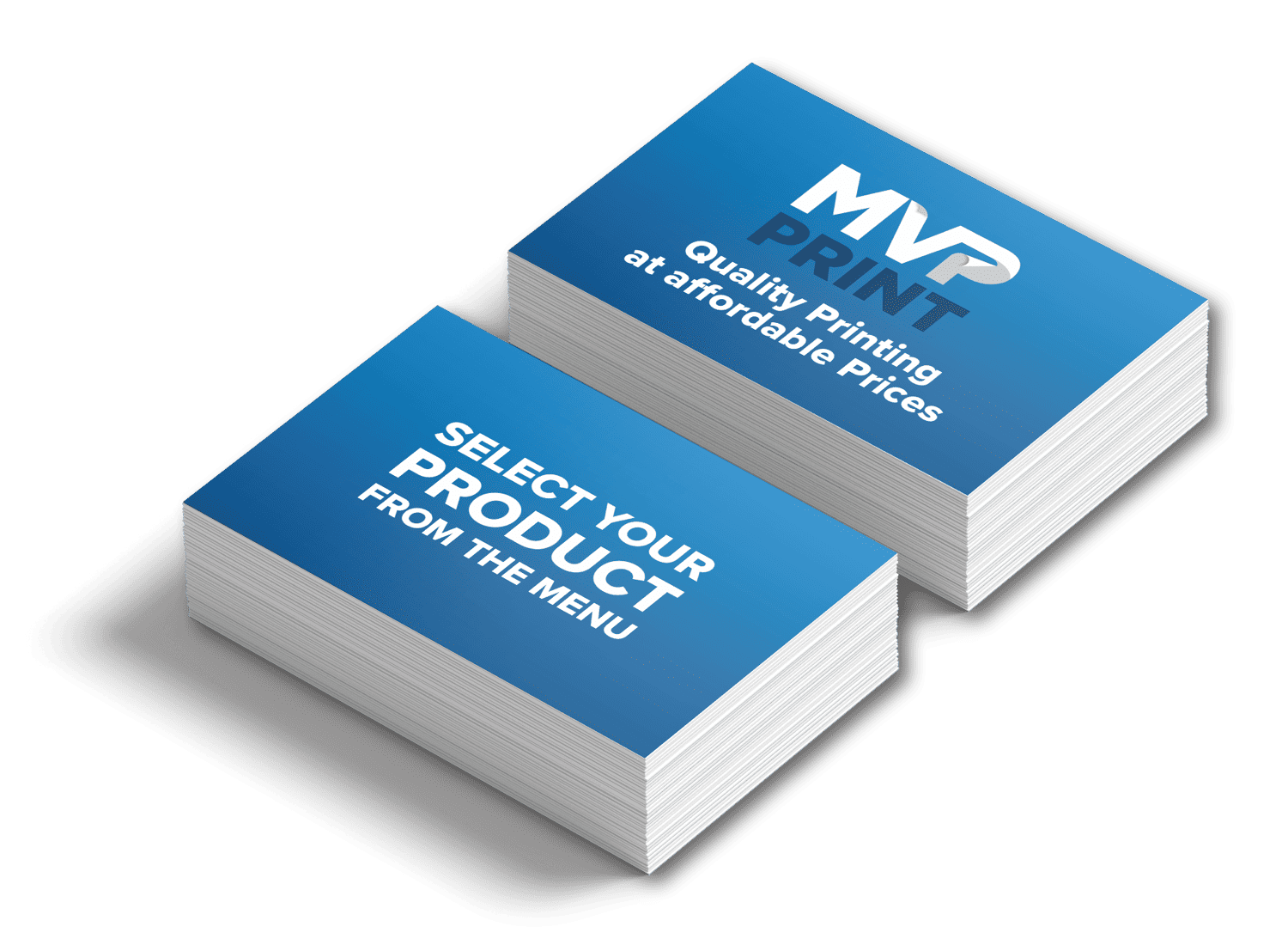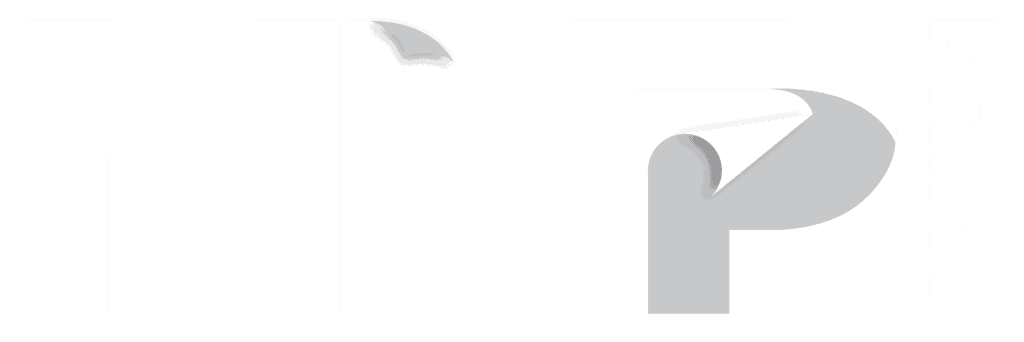
At MVP Print, we grasp the significance of picking the right standard magazine size for your content, crucial for fashion and lifestyle magazines. Common print magazine sizes include 210x297mm, 148x210mm, and 105x148mm . With over 73% of people preferring print over mobile devices, the right size can boost your publication’s success. A well-crafted magazine cover is key to drawing in readers.
In Australia, the prevalent magazine sizes mirror those in Europe: 210 mm x 297 mm and 148 mm x 210 mm. These dimensions are not just visually appealing but also practical, enhancing the reading experience. Opting for a standard size ensures your magazine catches the eye on newsstands, appealing to your audience. This is true for any magazine, whether it’s focused on fashion and lifestyle or other genres, with a high-quality cover.
Understanding Magazine Size Standards in Australia
In Australia, knowing the standard magazine sizes is key to making a mark on the newsstand. Popular magazine printing sizes include the most commonly requested dimensions for magazine printing, such as 210x297mm and 148x210mm With over 7,400 titles available, the industry caters to diverse interests. Many lifestyle and fashion magazines mirror European sizes, affecting their look and appeal.
Magazine companies in Australia often use 210 x 297mm as a standard for photo magazines. Yet, custom sizes can differ based on project specifics. It’s vital to think about the audience and content type. For example, glossy covers and pages are perfect for fashion and lifestyle magazines, boosting visual appeal.
Common Australian Magazine Dimensions
Australian magazine sizes vary, but common ones include:
- Full Page Trim Size: 210mm x 275mm
- Full Page Bleed Size: 220mm x 285mm
- Double Page Trim Size: 420mm x 275mm
In the context of international standards, the standard magazine paper size is A4, with other popular dimensions being 148x210mm and 105x148mm
These dimensions affect the magazine’s design and layout. Publishers must consider them when planning their content.
International Size Standards and Local Adaptations: European Magazine Size Standards
International standards, like those in Europe, shape Australian magazine sizes. The corresponding European magazine sizes are presented in millimeter measurements and reference the international paper size standards based on the German DIN standard. Yet, adapting to the local market and audience is crucial for success. By grasping these standards and adaptations, companies can craft publications that engage their audience and shine on the newsstand.
European Magazine Size Standards
European magazine size standards are based on the German DIN standard, which is widely used across the continent. The most common European magazine sizes are:
- A4: 210 x 297 mm (8.3 x 11.7 inches)
- A5: 148 x 210 mm (5.8 x 8.3 inches)
- A6: 105 x 148 mm (4.1 x 5.8 inches)
These sizes are widely used by magazine companies in Europe and are often preferred for their portability and readability. The A4 size is particularly popular for its balance between ample space for content and ease of handling. A5 and A6 sizes are more compact, making them ideal for readers who prefer a more portable option. By adhering to these European magazine size standards, publishers can ensure their publications are both practical and appealing to a broad audience.
The Evolution of Standard Magazine Size in Publishing
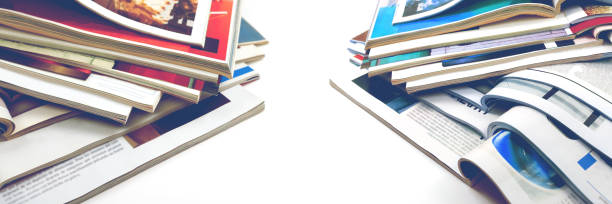
The standard magazine size has seen major shifts over the years. These changes were driven by advancements in printing technology, shifts in reader preferences, and evolving marketing strategies. Saddle stitched magazines, for example, remain a cost-effective and easy-to-produce option for many publishers. Yet, some high-end publications like Vogue magazine have chosen larger sizes, at 9.5 x 12 inches, to highlight their premium content and ads.
On the other hand, half letter size magazines, at 140mm x 215mm, have gained popularity for niche publications. They offer a more personal and focused reading experience. The evolution of magazine sizes has also been influenced by changes in reader behavior and technological progress. The rise of digital publishing has led many magazines to adopt smaller sizes. This makes them more suitable for online reading and reduces production costs.
Several magazines have moved to smaller sizes, including:
- Ellery Queen’s Mystery Magazine
- Alfred Hitchcock’s Mystery Magazine
- Analog
- Asimov’s Science Fiction
These changes highlight publishers’ ongoing efforts to meet changing reader needs and stay competitive in a dynamic market.
Popular Magazine Formats for Different Niches
The format of a magazine is as crucial as its content. Various niches demand specific formats, and picking the right one is vital for engaging your audience. Square magazine formats can provide a unique reading experience and serve niche markets like lifestyle and fashion publications, distinguishing them from traditional magazine sizes. For fashion and lifestyle magazines, glossy or matte covers are preferred for their visual appeal and premium feel. Sizes like 210x297mm inches and 148x210mm are common in these publications.
Business and professional magazines, by contrast, favour a more traditional and formal appearance. A4 (210 x 297 mm).. High-quality paper and a well-designed layout convey professionalism and authority.
Special Interest Magazine Sizes
Special interest magazines, covering hobbies or niche topics, often require unique formats. Typical magazine sizes in U.S. formats vary widely, offering consumers a diverse range of options from smaller, digest-sized magazines to larger ones that provide more reading material. Tabloid size (11 x 17 inches) and broadsheet size (22.5 x 35 inches) are preferred for their space for detailed content and images. The choice between glossy or matte covers depends on the publication’s specific needs and goals.
| Magazine Type | Common Size | Cover Type |
|---|---|---|
| Fashion and Lifestyle | 8.5 x 11 inches, 5.5 x 8.5 inches | Glossy or Matte |
| Business and Professional | A4 (210 x 297 mm), Letter size (8.5 x 11 inches) | Matte |
| Special Interest | Tabloid (11 x 17 inches), Broadsheet (22.5 x 35 inches) | Glossy or Matte |
Choosing the right magazine format hinges on understanding your audience and publication goals. Selecting the appropriate size, cover type, and paper stock ensures a magazine that captivates and resonates with readers.
Digest Size: 148mm by 210mm
The digest size, measuring 148x210mm, is a popular choice for smaller or pocket-sized magazines. This format is particularly well-suited for newsletters, short stories, and niche publications. Its compact size makes it convenient for readers who prefer a magazine that is easy to carry and read on the go. Despite its smaller dimensions, the digest size can still accommodate a variety of content, from articles and images to advertisements, making it a versatile option for publishers looking to create a more intimate and focused reading experience.
How Size Affects Reader Experience and Engagement
The size of a magazine can greatly influence how readers engage with it. Sizes like A4 and A5 have their own advantages. While some individuals favor smaller, digest-sized magazines for their portability, others clearly prefer larger magazines, which offer more extensive reading material. A4 magazines offer more space for detailed layouts, making them ideal for longer texts and larger images. This enhances the reading experience. In contrast, A5 magazines are more portable, making them easier to carry around.
Choosing the right size also impacts the cost of printing. A5 magazines are cheaper to print because they use less paper and ink. This is a big plus for those printing in large quantities. Letter sized magazines, similar to A4, are also popular. They give a professional look, perfect for business presentations and formal documents.
When deciding on a magazine size, several factors come into play:
- Readability: Larger sizes offer more space for content but may be less portable.
- Portability: Smaller sizes, like A5, are easier to carry but have limited space for content.
- Cost: Smaller sizes can cut down on printing costs, but might not fit all content types.
The ideal magazine size depends on the target audience and the content. By considering these aspects, publishers can craft a magazine that captivates readers and offers a fulfilling reading experience.
Standard Magazine Size Options at MVP Print
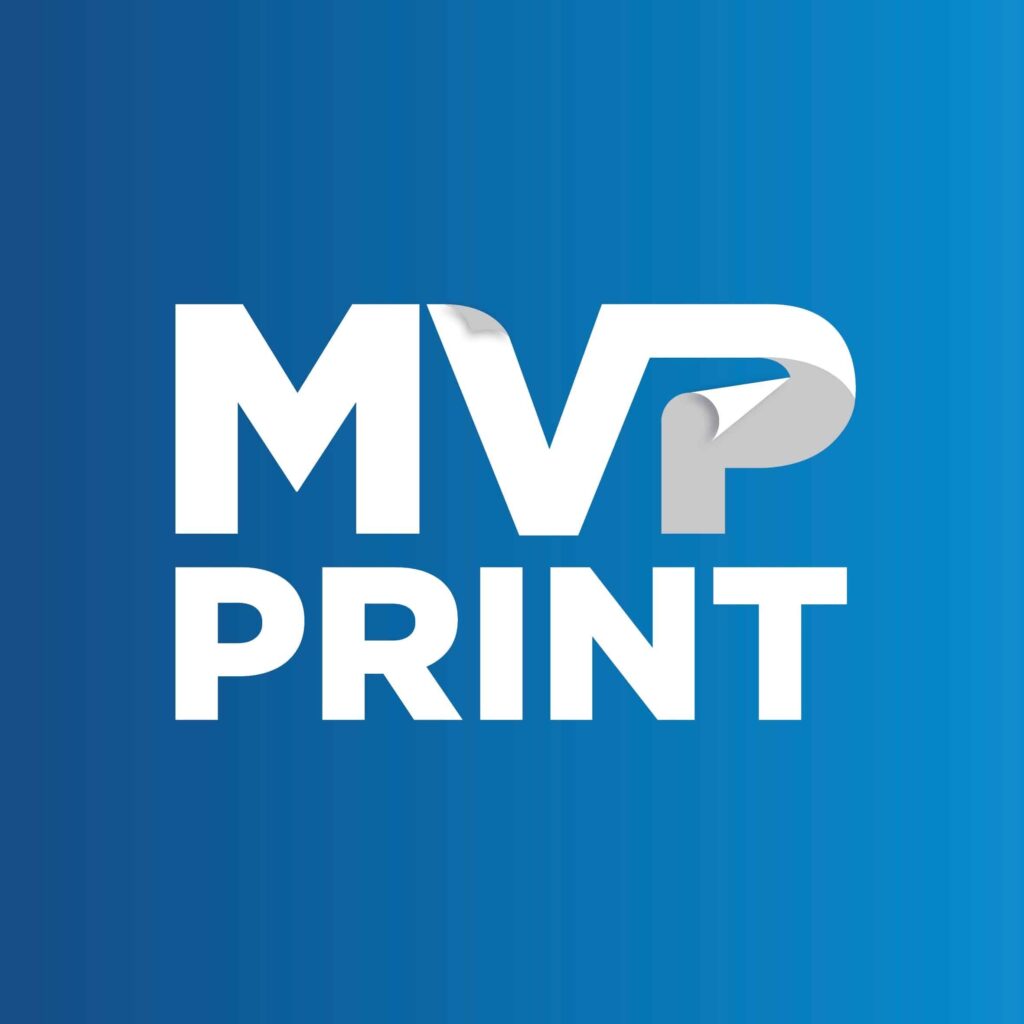
MVP Print provides a variety of standard magazine sizes to meet your requirements. A fashion and lifestyle magazine like Vogue, which covers diverse content areas such as fashion, beauty, culture, and home, benefits greatly from these size options. These include typical sizes like A4 and A5, known globally for their perfect balance of text and images. Our services cater to different formats, from traditional sizes to European sizes ideal for visual arts and design.
Our most sought-after dimensions are the standard A4 size (210 x 297 mm) and the digest size (148 x 210 mm). The digest size is cost-effective compared to larger formats. We also offer custom size options, enabling you to create a unique publication that captures attention.
Most Requested Dimensions
- A4 size (210 x 297 mm)
- Digest size (148 x 210 mm)
- Square magazines (210 x 210 mm) for visual arts and design-focused content
- Tabloid format (279 x 430 mm) for larger projects
Custom Size Solutions
We recognize that every publication is distinct. Our custom size solutions enable you to craft a magazine that aligns with your specific needs. Whether you desire a slim Jim or a pocket-sized magazine, we can bring your vision to life.
Cost Considerations
At MVP Print, we offer competitive pricing for our printing services. We consider factors like paper weight, binding style, and cover finish. Printing in larger quantities can reduce costs per unit, making your magazine production more affordable.
Design Considerations for Different Magazine Sizes
Designing a magazine requires careful thought about its size and format. European standards often favour larger magazines, which can influence your design. In Australia, the typical sizes are 210x297mm and 148x210mm. These sizes affect the layout and content of your magazine.
The size of a magazine impacts its design. Larger magazines can hold more content and visuals. Smaller sizes, on the other hand, demand a more concise approach. Some readers enjoy larger magazines for their immersive experience. Others prefer smaller sizes for their portability.
Designing for different magazine sizes involves several key considerations:
- Whitespace: its strategic use can engage readers, but too much can make content seem sparse.
- Typography: the right font size, style, and line spacing are crucial for readability. Experts suggest using 10-13 points for body text and line spacing at about 120% of the font size.
- Layout: common layouts include two- or three-column designs, influenced by page dimensions and font size.
A consistent visual rhythm, often achieved through a 3 x 3 grid layout, enhances the reader’s experience. Important content should be placed in the upper third of the page, as readers naturally gravitate towards this area. By focusing on these design elements and the magazine size, publishers can create engaging publications that meet their audience’s needs.
| Magazine Size | Description |
|---|---|
| 210x297mm | Standard letter-sized magazine, commonly used for publications with a lot of content. |
| 148x210mm | Digest-sized magazine, preferable for shorter publications due to reduced space requirements. |
Creating a Standout Magazine Cover
A magazine cover is a crucial element in capturing the attention of potential readers. To create a standout magazine cover, consider the following tips:
- Use high-quality images or graphics that are relevant to the content of the magazine. A striking visual can draw readers in and give them a glimpse of what to expect inside.
- Choose a bold and eye-catching font that reflects the tone and style of the magazine. The right typography can convey the magazine’s personality and make the cover more memorable.
- Consider using glossy or matte covers to add a touch of sophistication and elegance. Glossy covers can make colors pop and images look more vibrant, while matte covers offer a more subdued and refined finish.
- Make sure the cover is well-designed and balanced, with a clear hierarchy of elements. This includes the magazine title, cover lines, and any other text or graphics. A well-organized cover helps guide the reader’s eye and makes the magazine more appealing.
By following these tips, you can create a magazine cover that stands out on newsstands and online, attracting readers and setting the tone for the content inside.
Binding Options and Their Impact on Size Selection
Choosing the right binding option for your magazine is crucial. It’s important to consider the international paper size standard and the magazine format. An online printing business can guide you in making the best decision. For larger publications, perfect binding is often preferred. It creates a square spine and can handle a higher page count.
Perfect Binding for Larger Publications
Perfect binding suits publications with 32 to 240 pages. But, it’s vital to consider the spine width design allowance for a professional finish.
Saddle Stitching Specifications
Saddle stitching works well for documents with 8 to 80 pages. It’s best for booklets up to about 64 pages, with page counts in multiples of four.
Size Limitations for Different Binding Methods
Other binding methods, like saddle stitch, side staple, and singer sewn, have specific size limits. For instance, side staple binding is good for pages up to about 15mm thick. Knowing these limits is key when picking a binding option for your magazine. This is crucial when working with an online printing business to ensure your magazine meets the international paper size standard.
- Perfect binding: 32-240 pages
- Saddle stitching: 8-80 pages
- Side staple binding: up to 15mm thick
Paper Stock and Cover Options for Standard Sizes
The paper stock and cover options are vital in creating a high-quality magazine. The size must balance portability, allowing readers to carry it easily. Pocket-sized magazines are also popular, fitting well in bags or pockets. Yet, the size impacts visibility on newsstands, influencing sales.
The paper’s weight and quality greatly affect the reading experience. Thicker paper, like 120# cover stock, excels in die-cutting, embossing, and foil stamping. Thinner papers are cheaper and more eco-friendly. The paper choice also affects mailing costs, with heavier papers costing more if they exceed weight limits.
- Coated papers produce sharper and more vibrant printing compared to uncoated papers.
- Uncoated paper is the easiest to write on, commonly used for stationery, inexpensive flyers, and newsletters.
- Paper thickness is typically measured in points (1 point = 0.001 inches), with business cards often printed on 12pt to 14pt cover stock.
In conclusion, the paper stock and cover options for standard magazine sizes are crucial. By selecting the right options, publishers can create a magazine that is visually appealing and comfortable to read. This affects the number of magazines sold. The goal is to find a balance between portability, quality, and cost, ensuring the magazine stands out and resonates with the audience.
Digital Considerations for Print Magazines
Creating a print magazine, like a lifestyle or celebrity magazine, requires digital planning. Ensuring digital files are prepared correctly for high-quality printing is key. A well-organized digital file significantly impacts the final product, crucial for square magazines needing precise layouts.
Interactive digital magazines can boost conversions by 40-50%. Interactive content can also increase content sharing by up to 28%. These digital elements are vital for engaging readers in lifestyle and celebrity magazines.
File Preparation Guidelines
Following file preparation guidelines is essential for top-notch results. This means using the correct file format, resolution, and color mode. Doing so ensures digital files are ready for print, producing quality results for any magazine type.
Digital to Print Size Conversion
Understanding digital to print size conversion is critical. Knowing how digital sizes translate to print is vital for a magazine that looks good in both formats. By focusing on these digital aspects, publishers can create visually appealing and engaging magazines, improving the reader’s experience.
| Magazine Type | Digital Size | Print Size |
|---|---|---|
| Lifestyle Magazine | 1024 x 768 pixels | A4 (210 mm x 297 mm) |
| Square Magazines | 1024 x 1024 pixels | 210 mm x 210 mm |
| Celebrity Magazines | 1280 x 1024 pixels | A3 (297 mm x 420 mm) |
Cost-Effective Size Choices for Australian Publishers

Australian publishers have a variety of options for magazine sizes. The standard letter size is popular for its ease of handling and distribution. Yet, the thickness of the magazine and the paper type also affect production costs. For instance, broadsheet magazines, being larger, might be pricier but offer a premium feel to readers.
When evaluating magazine production costs, the target audience and magazine purpose are crucial. A niche magazine might fetch a higher price, while a general-interest one needs to be more affordable to compete. Key considerations for a cost-effective size include:
- Paper weight and type: Lighter paper or recycled options can cut costs.
- Page count: Printing in bulk is often cheaper than frequent small orders.
- Binding method: Perfect binding or saddle-stitching can be cost-effective, depending on the design.
By weighing these factors and selecting a size that balances quality and affordability, Australian publishers can create engaging magazines. These magazines will resonate with their audience while staying within budget.
Choosing the Right Magazine Printer
Choosing the right magazine printer is crucial to ensure that your publication is printed to the highest quality. Here are some factors to consider when selecting a magazine printer:
Experience and Expertise
Look for a magazine printer with experience and expertise in printing magazines. A reputable printer will have a proven track record of delivering high-quality publications on time. They will also have the expertise to guide you through the printing process and offer advice on paper stocks, binding methods, and other technical aspects of magazine printing.
By choosing a printer with experience and expertise, you can ensure that your magazine is printed to the highest standards and meets your expectations. This is particularly important for lifestyle and fashion publications, where the quality of the print can significantly impact the reader’s experience and the magazine’s overall appeal. Working with a knowledgeable printer can help you navigate the complexities of printing magazines, ensuring that your publication stands out for all the right reasons.
Conclusion: Choosing the Right Magazine Size for Your Publication
Selecting the right magazine size is a critical decision for Australian publishers. Magazines vary in size, from the compact digest-sized formats to larger sizes that accommodate more content. When deciding, consider your content, target audience, and budget.
Digest-sized magazines are great for certain niches, offering a portable reading experience. On the other hand, larger formats provide more space for detailed layouts, high-quality images, and engaging content. The size should enhance your magazine’s design, improve the reader’s experience, and fit your publishing strategy.
By carefully evaluating the factors discussed, your magazine can stand out and connect with your Australian audience. The correct size is key to your publication’s success.
